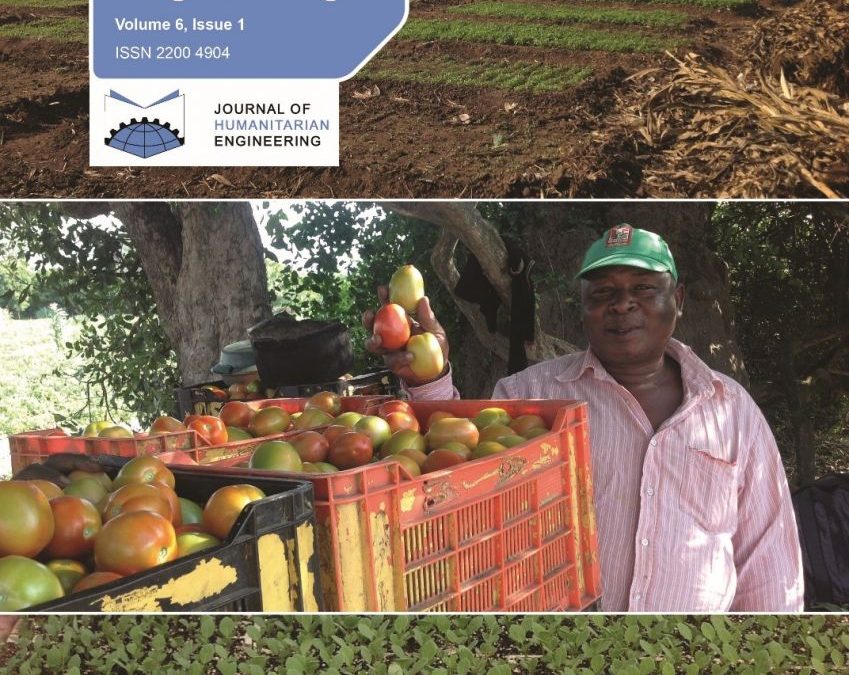Many of us have seen news images of people impacted by conflict or natural disasters fleeing their homes. There are global political debates about where these individuals and families can seek refuge in the longer term. But little is discussed in the mainstream media about the quality of their lives when they arrive in an intermediate country or region. We know in fact that many families raise multiple generations in refugee camps, so these shelters are often not short term.
This issue of the Journal of Humantarian Engineering features work by Greene and Chao on how improving flooring structures in temporary shelters can lead to a measurable increase in well-being. I have to admit that until I read Greene and Chao’s paper, I had never considered the implications of poor sleep quality, particularly on a population potentially experiencing so many other physical, mental and emotional traumas and threats.
All the papers in this issue demonstrate out of the box thinking, and are not the traditional forms of studies that many of us with engineering backgrounds are used to.
I find this hugely exciting, as the Journal of Humanitarian Engineering was initiated to widely share innovative thinking, particularly through free publication and access, and prompt the important conversations which may not arise from traditional journal publications.
Eseonu and Cortes’ paper highlights something that is often not at the front of students’ minds when they hear the term “humanitarian engineering” – that it is globally applicable. This should be recognised more widely than it currently is, particularly as the Sustainable Development Goals must be achieved universally, not just in countries considered to be “developing”. The paper presents an approach where university students and communities of the Pacific Northwest worked together on product, workforce and economic development. This “differs from existing project or trip based approaches – outreach – because the focus is on local communities with which the university team forms a long term partnership through weekly in-person meetings and community driven problem statements – engagement”. Such a participatory approach empowers everyone involved to bring their own skills to the table.
The final two papers by Gilliam and Mehta are the culmination of many years of research and practical work on engineering projects in low resource contexts. They discuss the myriad of failures they have witnessed over the years throughout the design, implementation and maturity phases of agricultural technologies ventures, and how the majority of these have not been due to technical issues. Gilliam and Mehta then present a taxonomy of the modes of such failures, with suggestions of how they can be addressed before projects begin, a “pre-mortem” of sorts. As engineers it is common for us to discuss failures within our own institutions or over a beer, but often as a sector we do not formally recognise and learn from them. I commend the authors on proposing a way in which agricultural engineering researchers and practitioners can self-reflect on past failures so as to prevent future ones.
I hope these papers spark some new discussions with friends and colleagues.
Dr Dani BarringtonEditor-in-Chief, Journal of Humanitarian Engineering
Please note: Journal of Humanitarian Engineering is a peer-reviewed publication, published by Engineers Without Borders Australia. It is free to publish in and to read. You can follow us on Twitter: @Journal_Human_Eng


